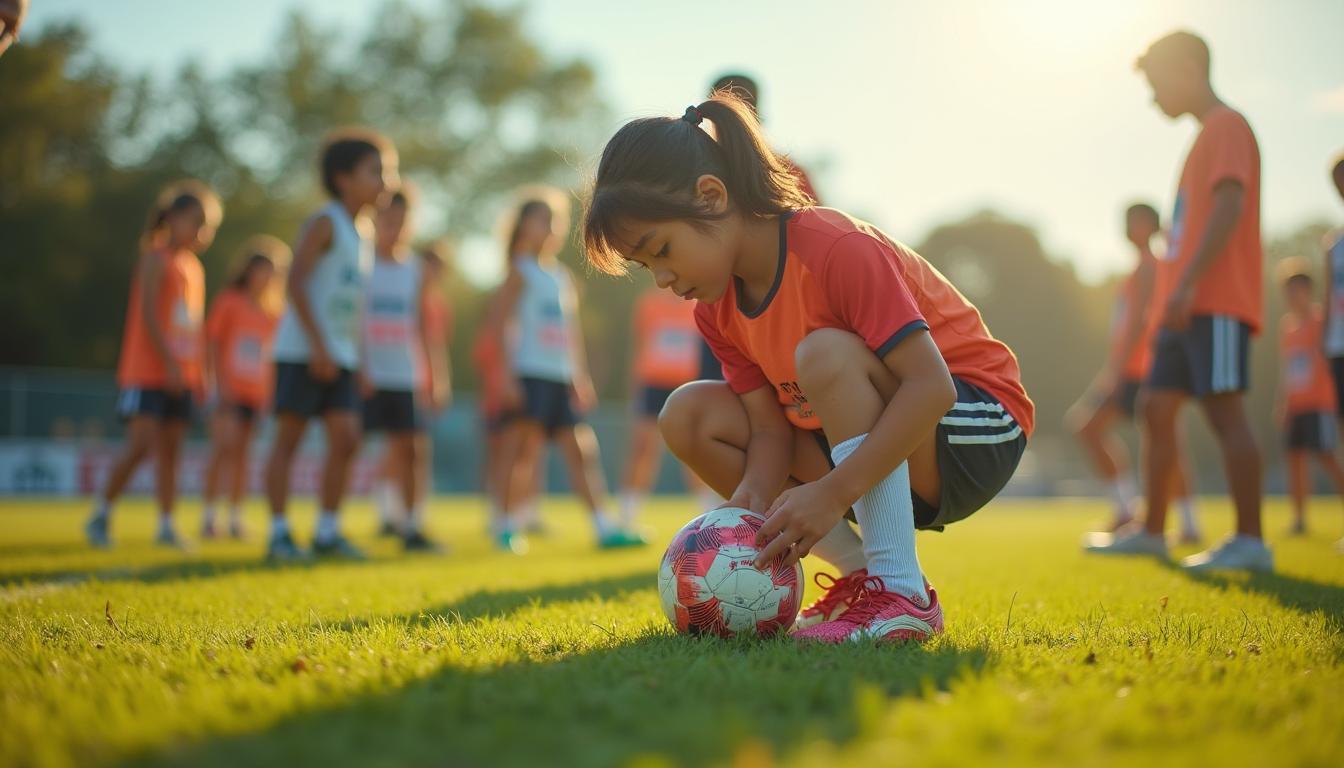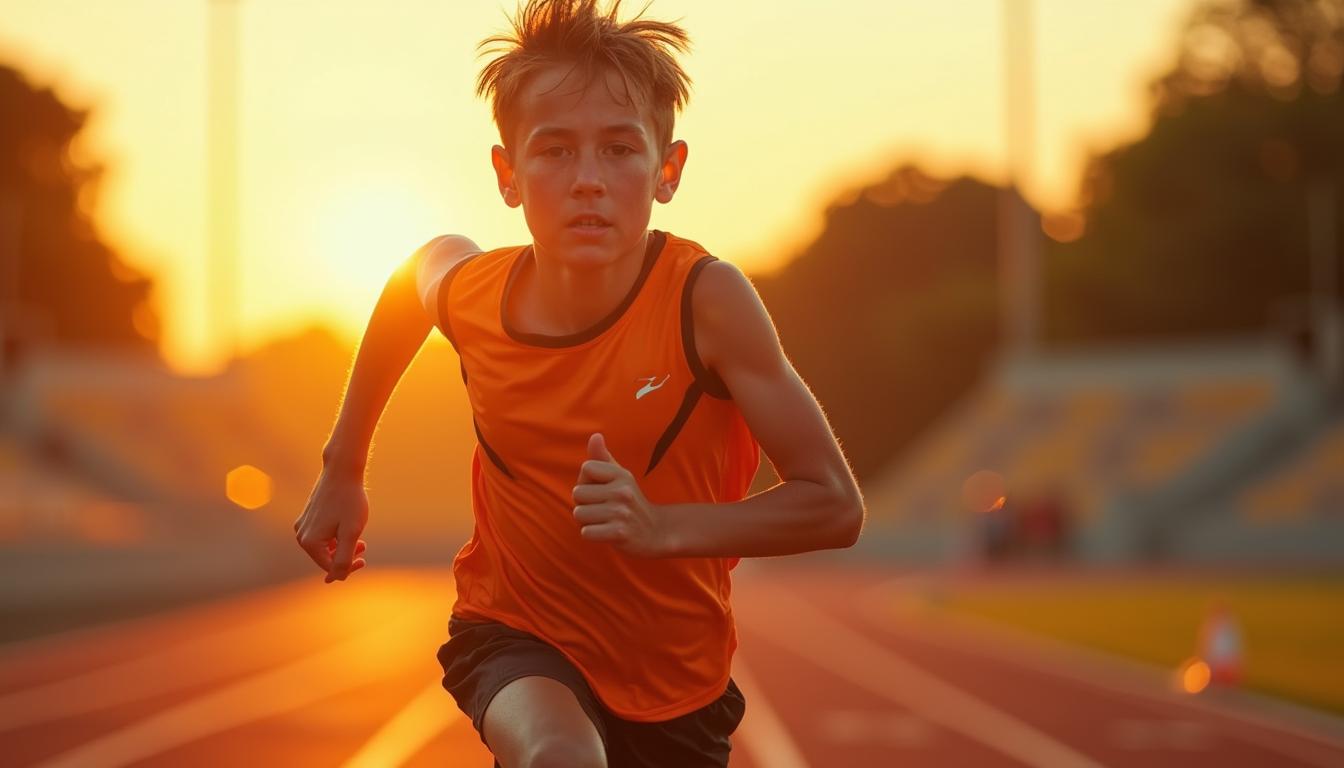Welcome to the Research and Strategy Services at in today's fast-paced.
Black Friday Sale - Use code BF2025 for 50% off
Black Friday Sale - Use code BF2025 for 50% off
Black Friday Sale - Use code BF2025 for 50% off
Black Friday Sale - Use code BF2025 for 50% off
Black Friday Sale - Use code BF2025 for 50% off
Black Friday Sale - Use code BF2025 for 50% off
Black Friday Sale - Use code BF2025 for 50% off
Black Friday Sale - Use code BF2025 for 50% off
Black Friday Sale - Use code BF2025 for 50% off
Black Friday Sale - Use code BF2025 for 50% off
Black Friday Sale - Use code BF2025 for 50% off
Black Friday Sale - Use code BF2025 for 50% off
Black Friday Sale - Use code BF2025 for 50% off
Black Friday Sale - Use code BF2025 for 50% off
Black Friday Sale - Use code BF2025 for 50% off
Black Friday Sale - Use code BF2025 for 50% off


If you’re a young athlete with ADHD—or a parent or coach who supports one—this guide is for you. ADHD can make practices, games, and team life feel both exhilarating and tough. The good news: sport is one of the most powerful environments for channeling ADHD strengths and building lasting life skills.

Regular physical activity can improve attention, inhibition, working memory, mood, and motivation in children and teens with ADHD—both right after a single session and with weeks of training (2023 meta-analysis; acute exercise study). Program design matters too: intensity, type of motor skill, and total sessions influence outcomes (systematic review/meta-analysis).
Beyond cognition, sport builds belonging, confidence, and purpose—powerful buffers for mental health during the teen years.

Reviews suggest ADHD is often more represented among athletes than in the general population. Estimates include ~4–8% of high-school athletes and higher rates reported in some collegiate/pro groups (CHADD overview; Frontiers review). Many athletes with ADHD gravitate to high-stimulus, fast-paced environments where energy, novelty-seeking, and quick reactivity are assets.
Here are some key strengths to celebrate and focus coaching around.
Helps: keep coaching bursts under 60 seconds; demo visually; one focus per drill; immediate, specific feedback; rotate roles to refresh attention.
Helps: install a pause routine (breath–scan–cue) before set pieces/starts; use stop–go and constraints-led games that reward control.
Helps: a mistake ritual (“tap chest → look up → next job”); channel feelings into actions (“use that energy to track back”); pre-agree cool-down roles.
Helps: one change at a time; simplify plays to 3 steps; laminated cue cards or wristbands; buddy reminders on rotations.
Helps: prep checklist; pack the night before; distinct phone/watch timers for “leave,” “arrive,” “boots on”; predictable pre-practice routine.
ADHD traits and sport choices can raise exposure to contact situations. Manage risk with technique, rule knowledge, and decision routines—and be diligent with concussion reporting and recovery. Some data show differences in concussion incidence and recovery among youth athletes with ADHD, including effects related to stimulant use (youth cohort study; Neurology study).
There’s no single “best” sport—aim for fit between athlete and demands.
Here's an example of weekly schedule:
Stick with it and you’ll likely see better focus, calmer mood, stronger self-control, healthier sleep, and growing confidence—on and off the field (see the exercise–executive function evidence: meta-analysis).
To every ADHD athlete: your brain is built for momentum.
To every parent and coach: your structure is the launchpad.






Welcome to the Research and Strategy Services at in today's fast-paced.

Explore five leading tools that support attention and cognitive functioning in ADHD

Discover the best sleep tools athletes use to support peak performance.

.png)